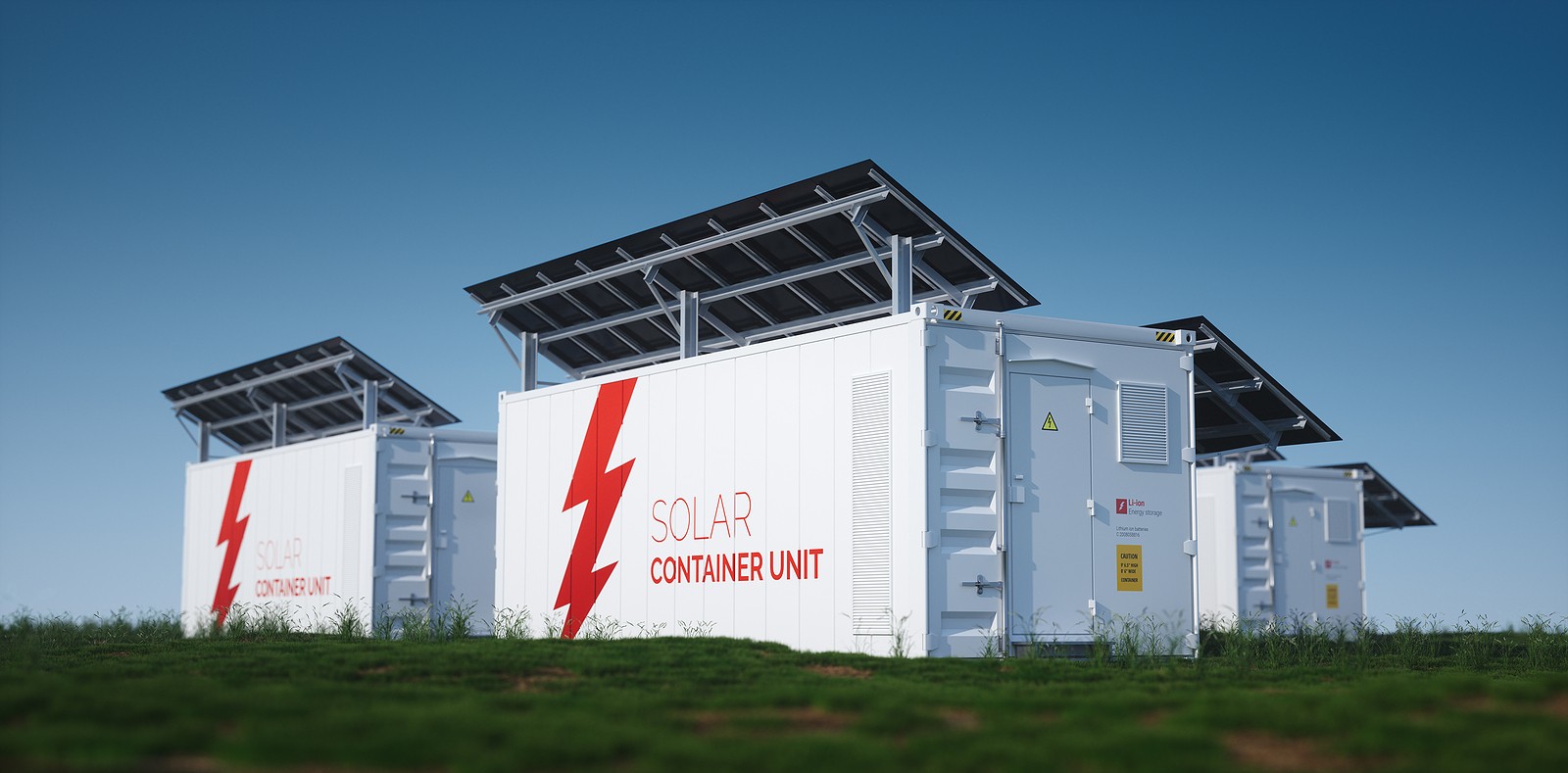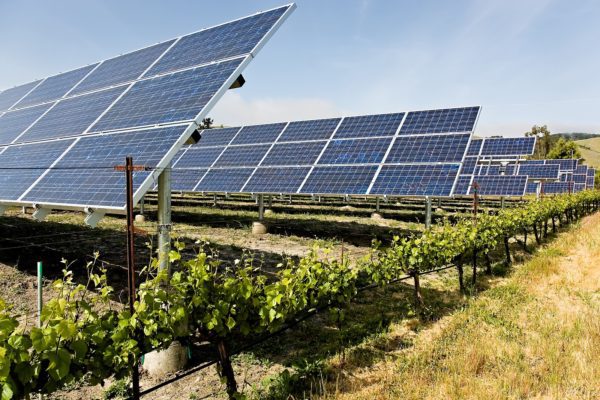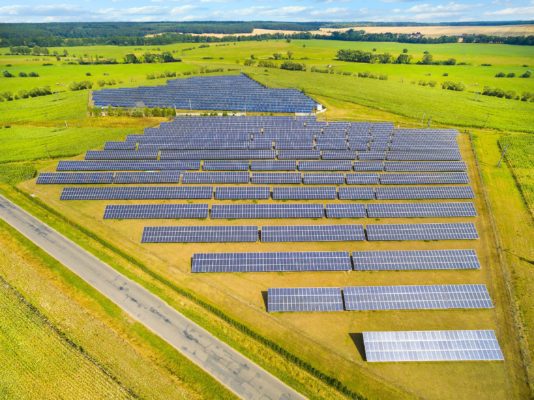
Microgrid technology is crucial in helping the world adapt to smart and improved electrical grids. Because we can operate and disconnect them independently, the microgrids a country produces locally can vest significant power into the hands of the customers.
What’s more, smart microgrids are all the more appealing because of the distinct advantages they offer to energy consumers, including utilities. This article will discuss how microgrid technology is transforming the energy grid. Keep reading!
What Are Microgrids?
As the name suggests, microgrids refer to the generation of interconnected power and exist as small groupings. These also include control technologies, which make the smart grids independent and capable of running without a central grid or as part of one.
The primary objective of these smart grids is to make systems more reliable and diminish the disturbances arising in them. The most appealing characteristic of this powerful technology is that it integrates distributed resources, like solar and wind.
In doing so, the commercial solar power systems offer more flexibility than the traditional energy grids. The market is now offering what planners, generators, and end users would wish for in the past. Hence, individuals and organizations can enjoy boosted resiliency and efficiency in the evolving grid.
These microgrids prove even more useful in emergencies because they can easily island off from the larger grids. Hence, even when unforeseen circumstances erupt, communities can continue receiving power through microgrids.
The latter function as a platform that leverages critical services support. It is a massive backup for governmental functions and first responders, especially when they have to establish emergency shelters on short notice and provide key services.
Benefits
Considering the stir that solar microgrids have caused, everybody is urged to learn more about the benefits. Let’s take a look at them below.
- If regional power grids are designed properly, they combine distributed microgrids and large central plants. Moreover, they require fewer building resources, including less installed generation and a lesser total capital cost. In return, these provide higher reliability and higher capacity for all assets.
- Microgrids possess thermal and electric storage capabilities. Thus, in terms of variable renewable generation, they’re a great way to improve local management. This is especially more useful for on-site solar.
- Microgrids have diversified risks instead of concentrated risks, which are comparatively easier to address.
- These grids boost local jobs and energy resources.
- When regional crises occur, these grids facilitate refuge places and first responders.
- These offer a range of grid services, which include ancillary, capacity, and energy services
- They’ve boosted the competitiveness of RTO markets
- They’re an integrated approach, bringing building controls, advanced systems, electric and thermal storage, renewables, and CHP under one umbrella
- They reduce carbon footprint
- They reduce line losses and fuel use
- Make CHP highly efficient
- Reduce peak loads and grid congestion
- Microgrids are a critical infrastructure in times when the world needs more energy resilience and reliability
- Enables the regional electric grid in improving its stability and operations
- They’re a source of clean, cost-friendly, and efficient energy
How Microgrids Work
They’re a few key elements, but the microgrids in existence presently are relatively simple in their operation. Let’s begin by saying that at the heart of a microgrid is the objective of energy generation, just like it is for traditional grids.
A microgrid can consist of fuel cells, such as commercial solar panels, and other renewable energy sources. You can also find solar batteries and diesel generators, the most commonly used sources of solar microgrids presently.
The PCC is the point of common coupling in which a microgrid is linked to the main grid. The primary role of the PCC is to maintain an equal voltage power when the grid is running in connected mode and the integrated systems have to run parallel.
If the PCC receives appropriate signals of prices, it may very well allow the solar microgrid to export/import electricity from its parent grid. This is an even better function because it uses batteries and other energy storage mechanisms.
In case of an untoward occurrence, a switch inside the microgrid can go off automatically or manually. This puts the system in island mode, making it capable of operating without its parent grid and still having enough energy supply for powering customer loads.
Remember that it can function independently in emergencies, even when its main grid goes offline. Microgrids contain the AL software, whose machine learning ability enables the high-tech system to optimize and upgrade processes continuously.

Where Do Microgrids Work Best?
To determine where these systems are the most useful, one must analyze the situation or the scale of the places where they are installed. For instance, in the case of a campus microgrid, the system is best suited for a single user.
An industrial facility, a hospital prison, or a university would be ideal places for a campus microgrid. Then there are the district and community microgrids, which are large enough to cater to multiple customers simultaneously.
Both kinds of grids can integrate seamlessly into a local energy grid. Next exists the nanogrid, which is enough to power a single building. Off-grid energy systems also have nothing to do with local utility networks.
These systems are the best for remote islands, sites, and locations where technical and economic issues typically render a PCC functionless.
Hence, microgrid systems can cater to a broad category of drivers, but it depends entirely on the location and scope of the project. Rest assured, there’s a microgrid system for every venue and size, be it a military installation, ancillary services, or grid optimization.
What’s more, the system guarantees an uninterrupted supply of electricity. They offer isolated communities and developed countries an incredible, cost-friendly, and reliable alternative to expensive and pollution-spreading fuel.
 Why are Microgrids Needed?
Why are Microgrids Needed?
Considering the energy crises and global climate change, nothing is more apparent now than a prompt upgrade to traditional electricity systems. The latter came into existence decades ago and burned natural gas and coal to supply electricity to large power plants.
Much damage has been done from depleting limited natural resources to carbon footprints and more. Now is the time to prioritize renewable energy, allowing power to flow from dispersed and smaller sources like solar farms and wind.
From schools to government to agriculture and industry, solar microgrids are capable of uninterrupted, reliable, and cheaper energy supply. Besides, the progress of technology has paved the way for carbon, free and cleaner energy for our future.
If there is hope for saving future generations from the impacts of climate change and water stress, it’s about time the world starts overhauling the grid. The extreme weather patterns of recent years alone are enough evidence that the time has come to become completely greener.
If the global population connects to renewable carbon-free energy sources immediately, the situation will be beyond salvaging. The world needs resilient and more reliable power sources, especially for military and hospital facilities that bear the brunt of disasters and disruptions.
The progress of technology has driven our transition to smart microgrids, which address three of our most pressing issues. Moreover, these massive low-voltage microgrids can integrate with giant convention grids and isolate them in emergencies.
This boosts the flexibility and efficiency of electricity, which is much needed considering the numerous regions that have experienced devastating impacts of weather changes. Droughts, winds, floods, etc., have swept off traditional power plants in numerous parts of the world, leaving communities to grapple with power cutoffs.
With microgrids in place, communities, homes, and businesses can rest assured of uninterrupted power supply, even in the face of disasters.
 Solar Microgrids Are Smart Energy Systems
Solar Microgrids Are Smart Energy Systems
Solar microgrids are the new smart energy systems that can operate independently and disconnect from parent utility grids when necessary. They may be local and small-scale presently, but they’re highly capable of powering a range of locations and sizes due to a good variety of systems.
Microgrids can break off and continue operating autonomously, meaning they can serve as sophisticated backups. Hence, when emergencies strike or grids break down and need repairs, there won’t be extended periods of power outages. The solar microgrids possess manufacturing that hardens them against natural disasters and storms.

